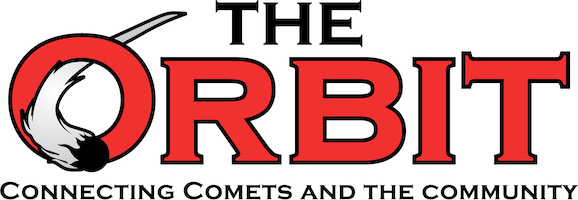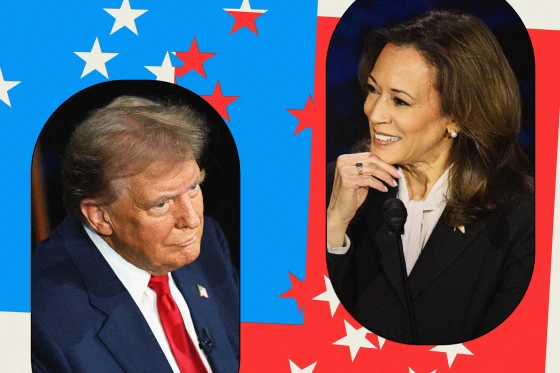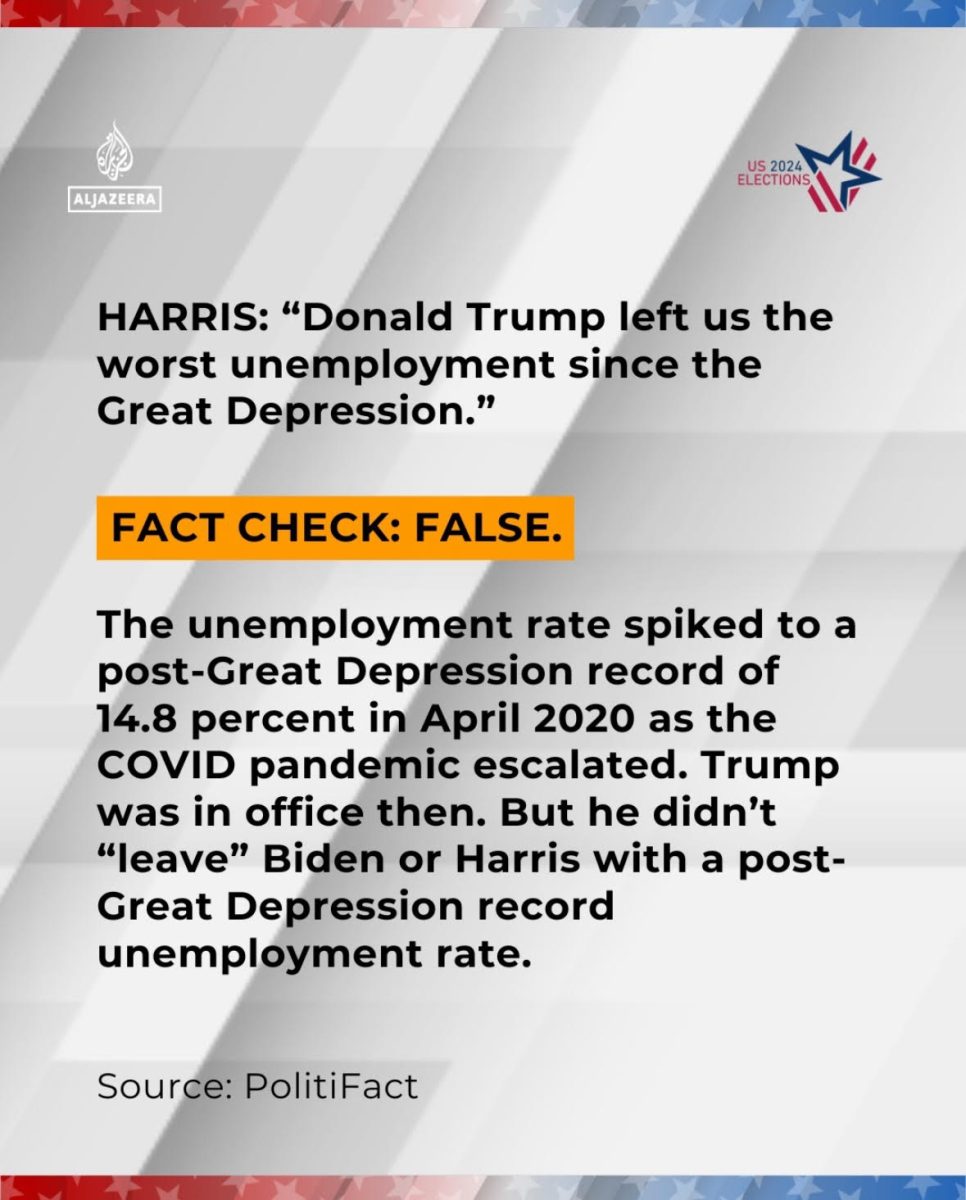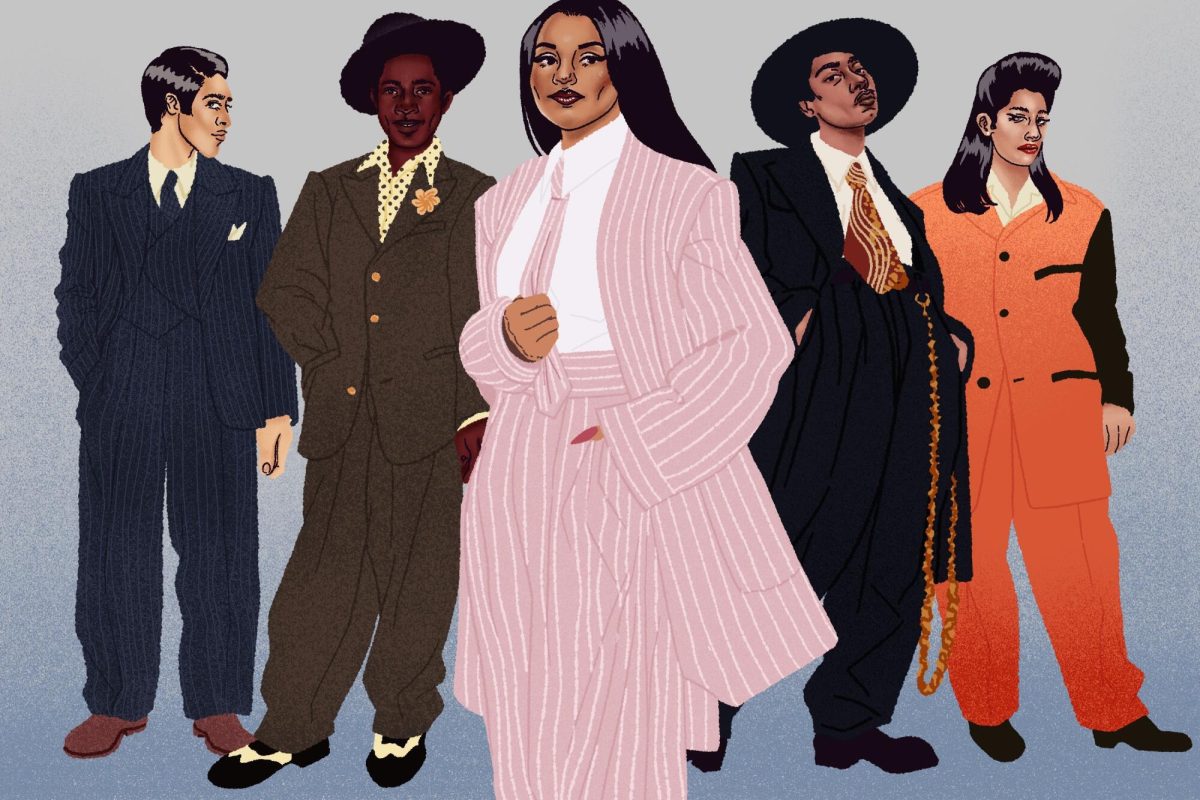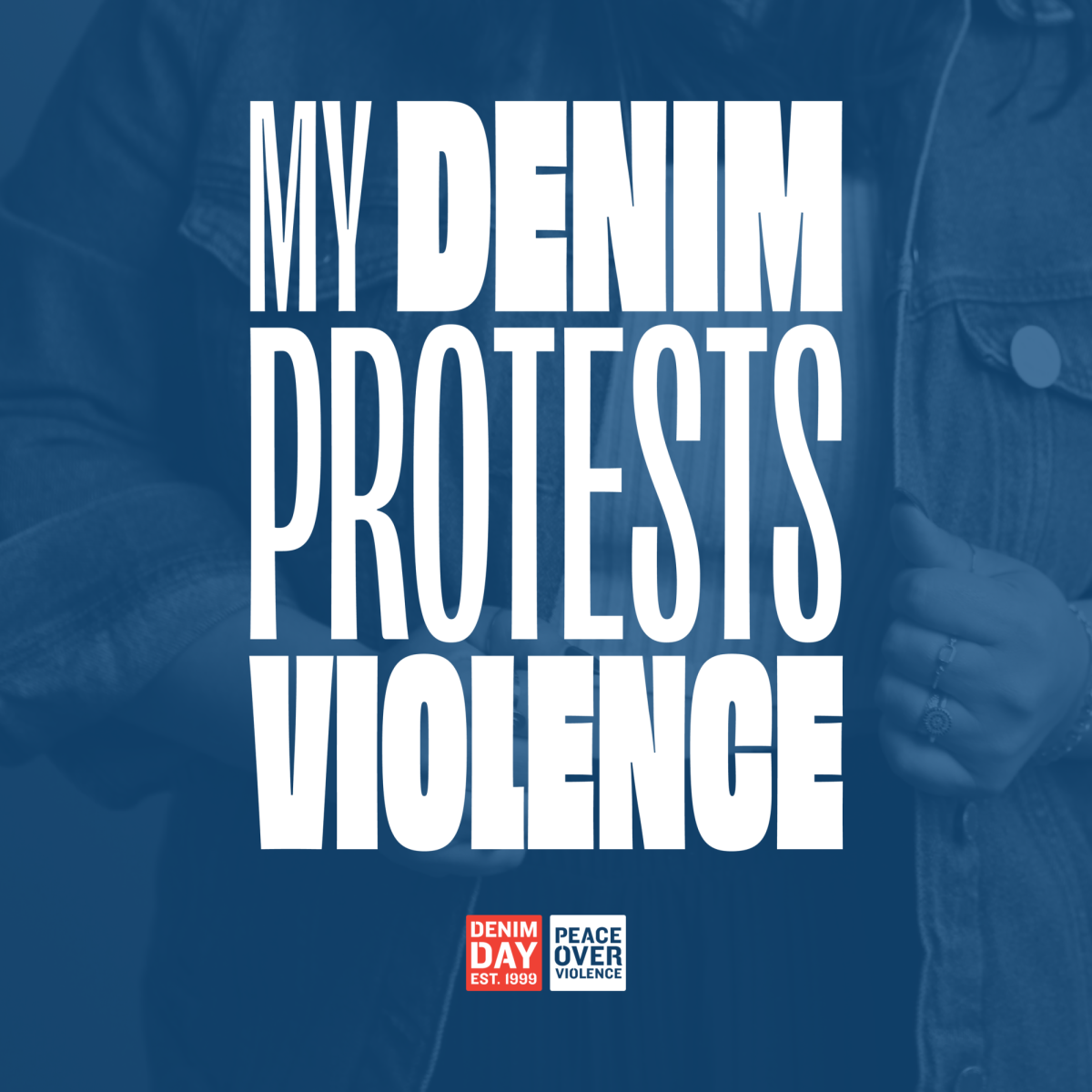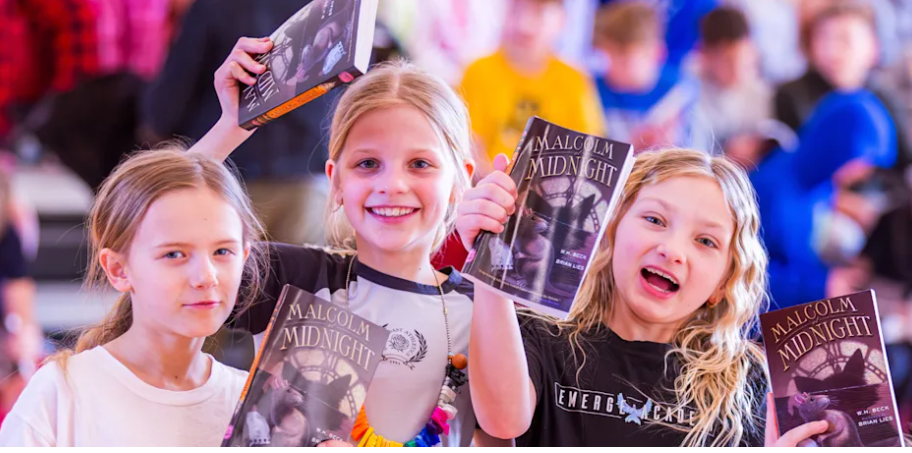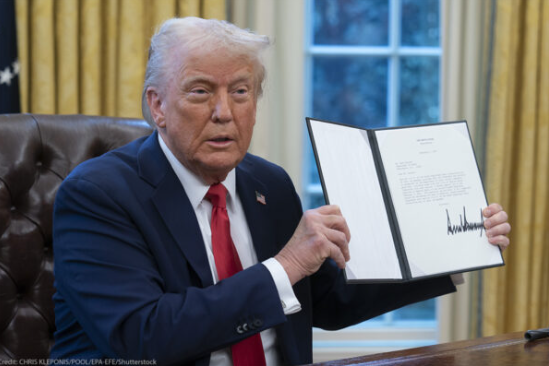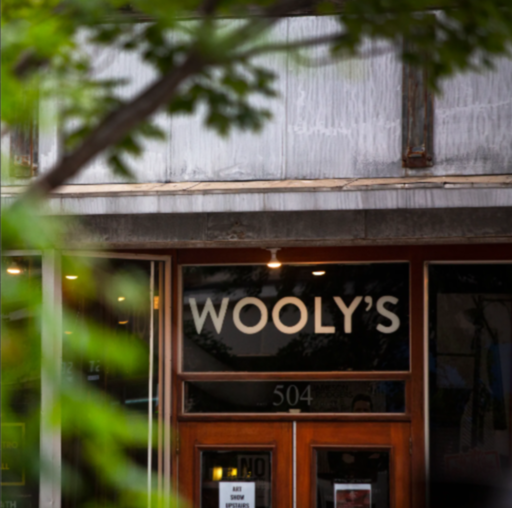With the changing of times came the change in how not only politicians, but the media overall influenced the ideas of people within American society, whether they noticed said influence or not. One cannot argue that living in the most digitalized age may be both a strong positive in the sense of being able to look for different perspectives and ideas; but it is also negative in the sense that it is easier for bias takes, an easier spread of misinformation and the increased polarization of society due to said cases.
“The way people receive information has evolved so much further than those mediums [billboards, newspapers and older forms of media] and I wanted to create something that would bridge that gap.” expressed long-time teacher, now full time Instructional Coach, Drew Hemesath in regards to the Media Analysis class offered at North Polk High School.
In light of the first official presidential debate that occurred on Tuesday, Sept. 10, tensions continue to rise over the election that AP News deemed “pivotal for democracy.” With said heightened tensions and stakes of the presidential election in many ways, it is vital to remain informed of the tactics used by politicians and understand the impact their campaigns and words have on not only their followers, but on the nation as a whole. One can do this by practicing media literacy which Hemesath defined in simple terms as the “understanding the full intended purpose of a piece of media,” with some of the concepts being imagery, intended audience and more.
When watching the debate, it was clear that both candidates were aware of the impact that their words had on the audience through the language used.
“While politicians haven’t always been the most honest individuals, certainly we wouldn’t want them to be able to just spread blatant lies, and that’s something that has been happening all over politics in recent years,” explained Hemesath. He furthermore added that this could pose bigger danger now more than ever due to the accessibility of modern media and technology.
While Hemesath affirmed his support of the fact checking process that was presented throughout the debate, he moreover made it clear that there seemed to be more bias on fact-checking one candidate over the other. With this, Hemesath stated that fact checking may have even lost some credibility with audiences due to being seemingly targeted.
Below are some of the remarks made by both parties that can be fact checked and voters should be aware of:
For more highlights read “Fact check: Trump-Harris presidential debate — truths and falsehoods.”
When taking in media, it is important to try to understand all aspects of it and the overall message trying to be sent. It is especially important in this polarization in which many cases occur due to “misunderstandings about the other side,” as seen in studies brought by the Carnegie Endowment for International Peace. One can avoid these misunderstandings to the best of their ability through becoming more media literate and aware of their consumption of media.
Younger generations, especially, have the ability to create changes within themselves and therefore society in civility, understanding and more when looking at the type of media they consume. Even the choice of looking into unbiased sources rather than left or right leaning and/or even staying clear from the social media aspect of politics, as this too can create an impact in how one absorbs the media presented to them.
“I think of it as ‘you are what you eat,’ the type of information you are consuming, how you consume it, all of that is going to have that cumulative effect in shaping us in one way or another. If you start adding biases, it is only a matter of time before it starts affecting us,” ended Hemesath.
